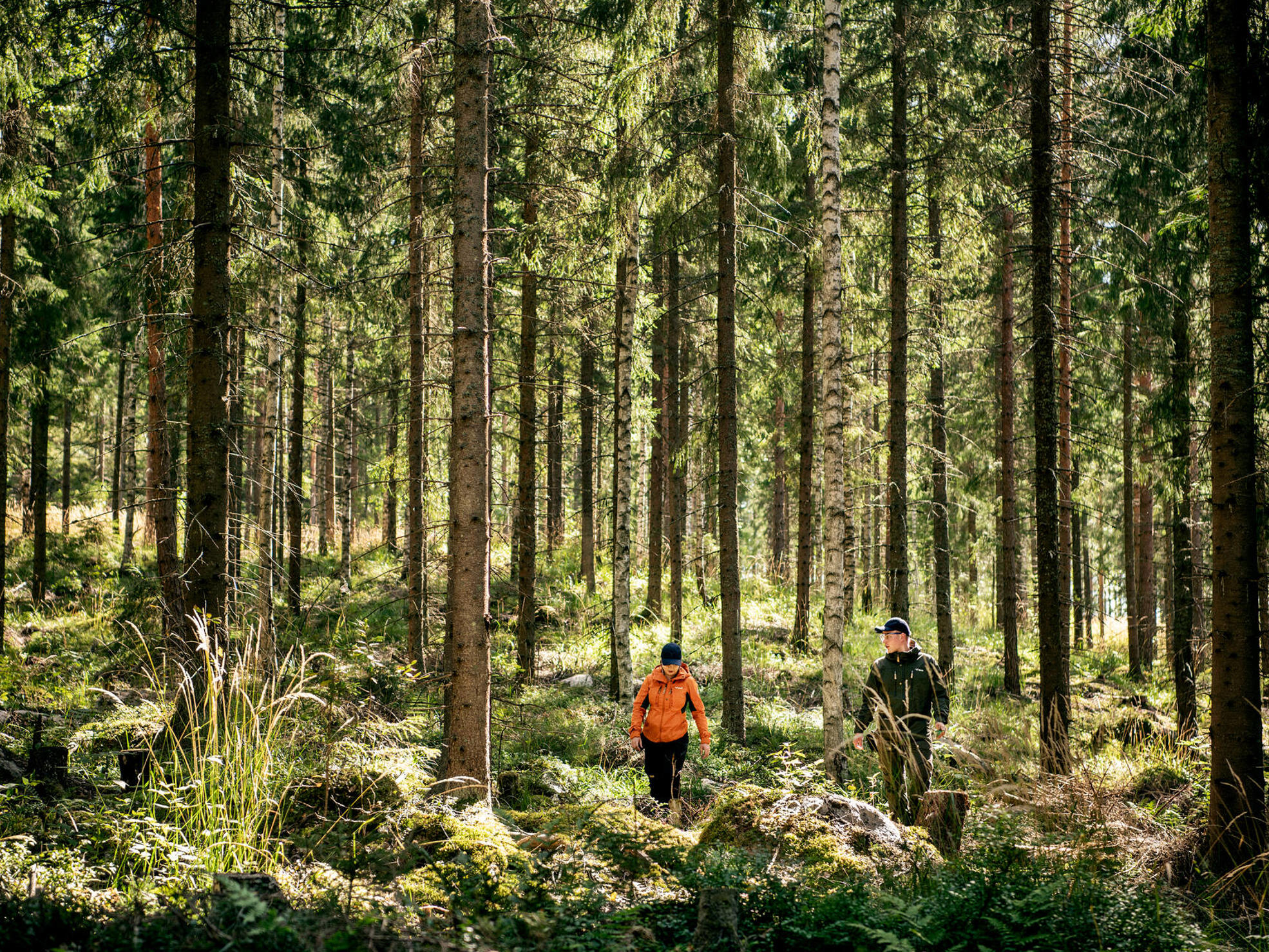Metsä Group launched its regenerative forestry strategy in 2023 with the goal to verifiably enhance the state of forest nature by 2030. For Metsä Board this important, because Metsä Group’s Wood Supply and Forest Services are responsible for all Metsä Board’s wood procurement.
Regenerative forestry is implemented through the Metsä Group Plus forest management model. This model includes practical measures to promote biodiversity and improve the state of forests more comprehensively than is required by current standard practices and certifications. Key measures in the forests include, for example, diversification of tree species and forests’ structural features, increasing the amount of decayed wood, protection of valuable habitats and improving the management of peatlands and water protection.
The measures are carried out in the Finnish forests owned by the members of Metsäliitto Cooperative, Metsä Group’s parent company. The owner-members of the cooperative own over half of Finland’s privately-owned forests. Thus, the measures that are carried out in these forests will be important for the forests in the entire Finland.
Forest-related targets for 2030
Metsä Group has set measurable forest-related targets that are linked to climate change mitigation and adaption and enhancing forest biodiversity. The targets concern, for example, forest regeneration and young stand management, retention trees on regeneration felling sites, high biodiversity stumps on harvesting sites, and specific measures promoting biodiversity. Read more about Metsä Group’s forest-related targets.
Advancing biodiversity beyond commercial forests
To promote biodiversity in the built environment, Metsä Group launched a regenerative land use initiative in 2023. The goal is to enhance biodiversity in the built environment by creating a biodiversity plan for each our production units. The Kemi mill site and its surroundings serve as a pilot site.
In 2021, Metsä Group launched a ten-year funding programme for nature projects to finance development projects that are carried out outside commercial Finnish forests and support biodiversity. The projects can be related, for example, to nature solutions for the built environment, rehabilitation of aquatic bird habitats and wetlands, watercourses and the living conditions of pollinators.
